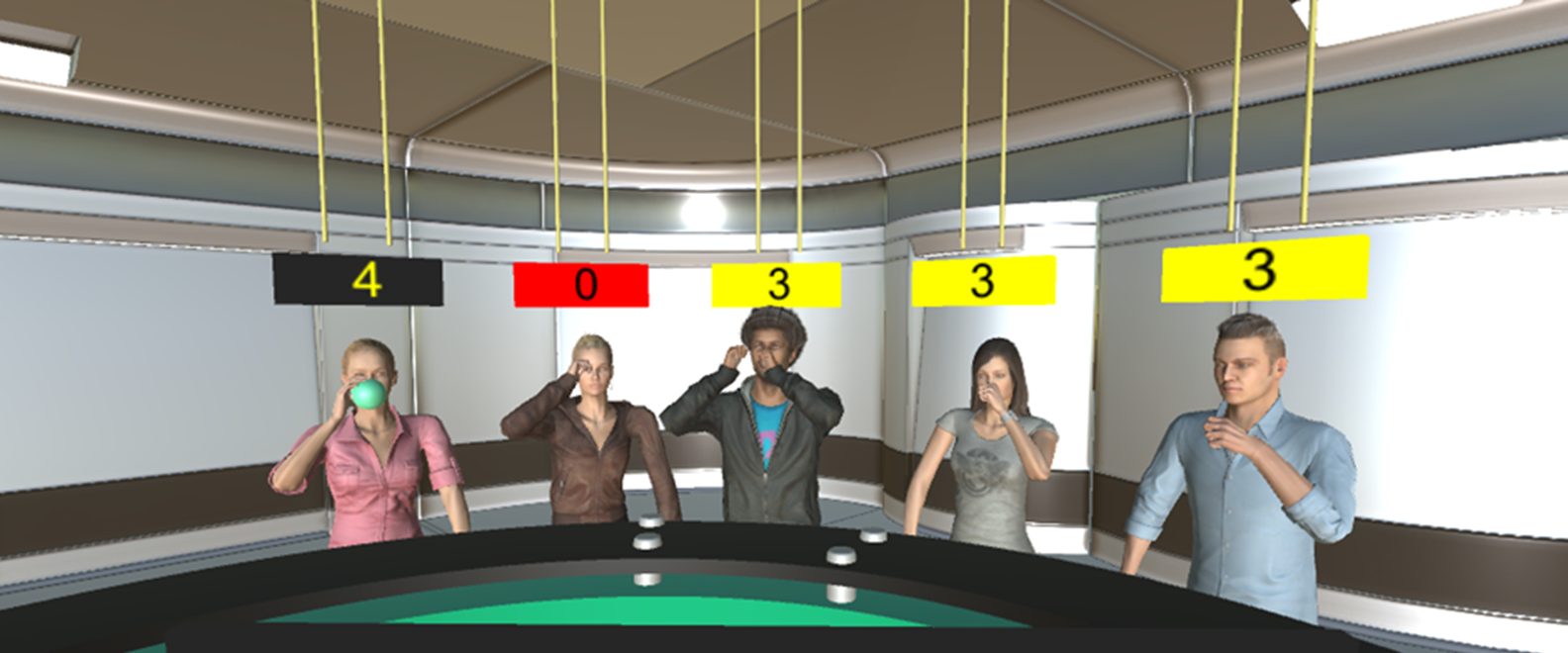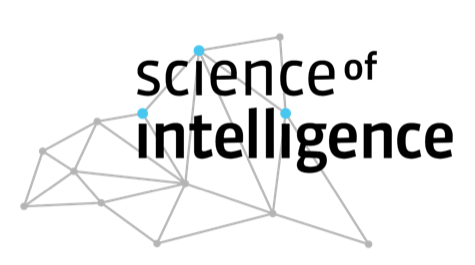Are we taking riskier decisions in the presence of others?
Would you cross the street on red if others did too? A new study from researchers from Science of Intelligence suggests you just might, even if your companions aren’t real.
In a recently accepted paper in Royal Society Open Science, cognitive scientists Asieh Daneshi and Marcel Brass explore how our willingness to take risks shifts when we find ourselves in a group, even a group of virtual agents. Their findings offer new insight into how social context shapes decision-making, and how that influence plays out in dynamic, real-time situations.
Simulating peer pressure
To study this, the researchers adapted a well-known psychology experiment called the Balloon Analogue Risk Task (BART). Participants press a key to inflate a virtual balloon, earning more points the bigger it gets, but risk losing everything if it bursts. What’s new is that Asieh placed participants in a virtual room with five animated agents who also inflated balloons, sometimes stopping early (risk-averse) and sometimes pushing their luck (risk-takers). This setting offered a powerful advantage: it allowed the researchers to simulate social presence in a highly controlled and reproducible way, eliminating the messiness of real-world group dynamics while still capturing their psychological impact.
Participants completed 160 rounds of the task while watching these agents behave differently. And the results? The more agents were actively inflating, the more risk participants took themselves, and especially when the agents behaved riskily.
Social contagion, even without interaction
“One of the most interesting findings is that people took more risks not just when more agents were present, but specifically when those agents inflated their balloons for longer,” says Asieh. “Even though there was no communication and no collaboration, the presence and behavior of others clearly shaped decision-making.”
That mirrors what we see in real life. Think of a group crossing a street against the light: it only takes one or two bold individuals to embolden others. But what makes this study stand out is that the influence still happens when the ‘others’ are computer-generated.
“It’s a form of social contagion, but in a virtual context,” explains Asieh. “That opens up new avenues for understanding how group behavior might scale or shift in online settings, such as multiplayer gaming, digital platforms, or remote teamwork.”
Subtle but significant patterns
The researchers didn’t just look at balloon pops. They analyzed how long people chose to inflate, how often they burst the balloon, and how scores changed across trials. Interestingly, they found that risk-taking was highest with three visible agents rather than five, a sign that group influence may plateau or even shift depending on group size.
“This nuance is important,” says Asieh. “It suggests there might be an optimal point where group presence exerts the most influence: too few, and it’s not persuasive; too many, and it may lose impact.”
What it means for intelligence research
The study is part of a broader research theme at Science of Intelligence, where researchers investigate how intelligence emerges in both biological and artificial systems. By using virtual agents and real-time decision dynamics, this work highlights how individual intelligence is socially situated, even in controlled, artificial environments.
And perhaps most importantly, it shows that intelligent behavior isn’t just about logic or strategy. “Risk-taking is emotional, social, and deeply contextual,” says Marcel. “If we want machines—or institutions—to make good decisions, they’ll need to understand how humans do it, including the social pressures that guide our choices.”





